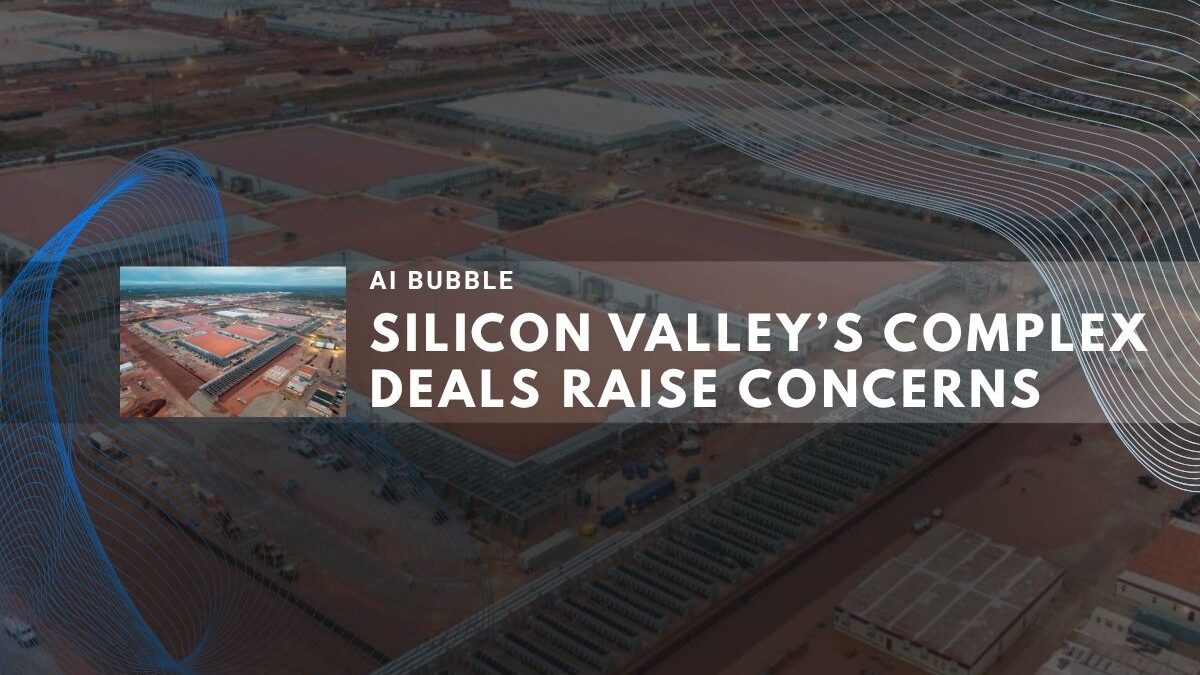Silicon Valley is increasingly concerned about a possible AI bubble due to concerns over inflated valuations and complex financing arrangements among AI firms. OpenAI’s Sam Altman acknowledged that parts of the industry may be “bubbly,” leading to scrutiny from investors and experts.
Signs of a Potential AI Bubble
The rapid surge in AI company valuations has raised significant concerns of a bubble in Silicon Valley and global markets. AI-related firms have accounted for roughly 80% of recent stock market gains in the U.S., with global AI spending projected to approach $1.5 trillion in 2025.[1][2]
Financial institutions, including the Bank of England and the IMF, have cautioned about overvalued AI stocks and the risk of a sharp market correction, comparing the current exuberance to the dot-com bubble of the late 1990s. JPMorgan CEO Jamie Dimon echoed these concerns, warning that although AI has real transformative potential, much of the current investment may be lost, and a market correction could come within the next two years.[3][4][5][6]
Complex Financial Deals and Circular Financing
OpenAI is central in this high-stakes investment landscape. It recently formed a $100 billion strategic partnership with Nvidia to deploy 10 gigawatts of AI data center infrastructure powered by millions of GPUs. Nvidia plans to invest incrementally up to $100 billion in OpenAI as deployments progress.[7][8]
Meanwhile, OpenAI also sealed a deal with AMD to purchase chips worth multiple gigawatts over several years, with a potential to acquire up to a 10% stake in AMD through contingent warrants. This move challenges Nvidia’s dominance and highlights the intricate and interlocking investments seen in the AI chip sector. These complex arrangements, sometimes described as “circular” or “vendor financing,” where suppliers invest in their own customers, raise alarms about whether valuations reflect true demand or engineered financial flows.[9][1]
Economic and Environmental Risks
Experts warn that if the AI investment bubble bursts, it could have widespread economic repercussions, far exceeding the AI sector itself. Early entrepreneur Jerry Kaplan highlighted the scale of current investments relative to past tech booms and cautioned about the broad risk to the economy should the bubble collapse.[1]
Furthermore, the massive infrastructure being built to support AI—such as OpenAI’s 10-gigawatt data center complex in Texas—poses environmental concerns. Vast data centers in remote locations can create long-term ecological damage with limited accountability as investors and builders may move on.[1]
Infrastructure Investment and Future Innovation
Despite these worries, some industry voices emphasize that even overinvestment in AI infrastructure may drive future innovation, similar to the telecom bubble that enabled the internet explosion. AI spending is still in early phases and underpins a wide range of technologies, from cloud computing to consumer products, with global AI server spending expected to double by 2026 and total AI spending surpassing $2 trillion.[2][10][11]
Funding Sustainability Outlook
Nvidia currently appears to be one of the very few players capable of making massive investments repeatedly. Observers question the sustainability of this funding environment, wondering who else can match Nvidia’s capacity to invest $100 billion-plus in AI ventures amid growing uncertainty.[1]
